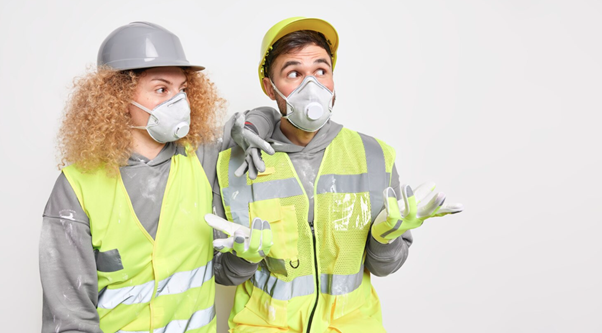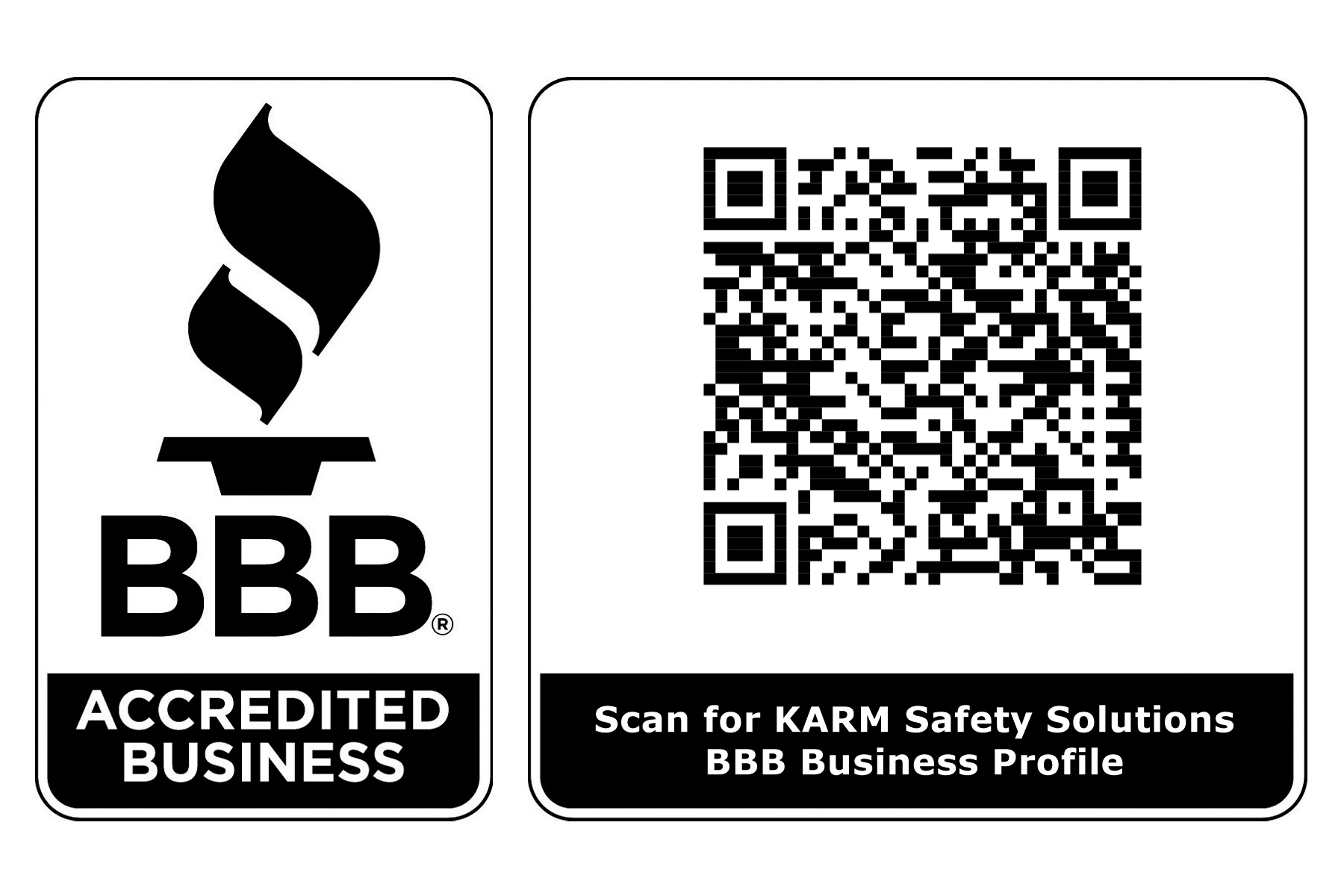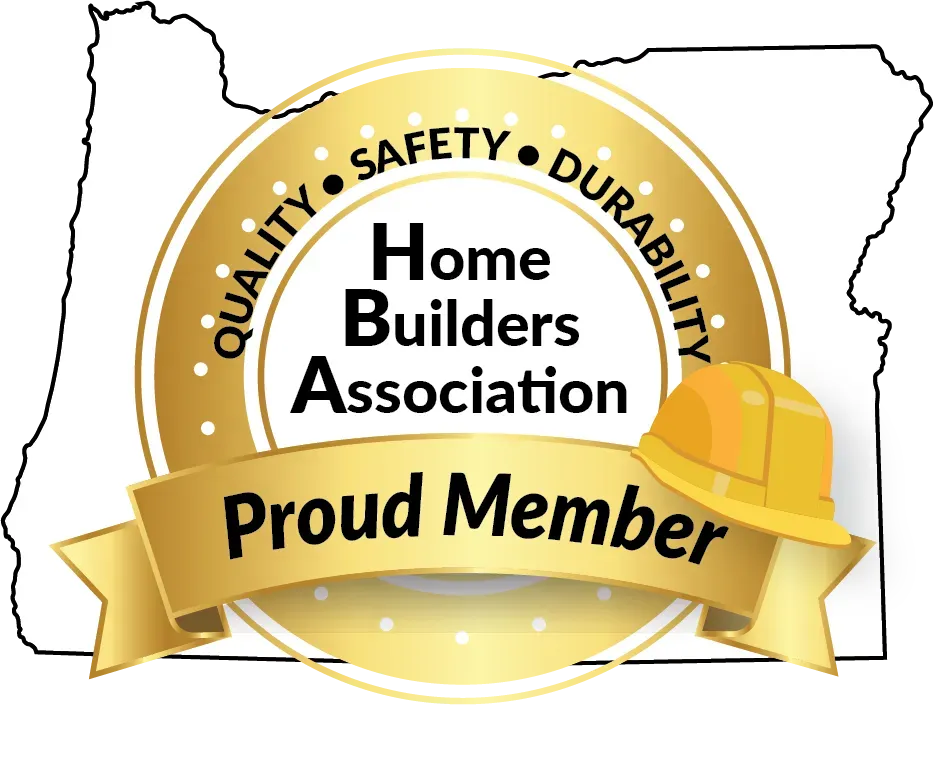How to Get Your Respirator Fit Test Training Certification Fast?
When it comes to workplace safety, having the proper training is vital, especially when using protective equipment like respirators. To ensure employees are adequately protected from harmful airborne contaminants, obtaining a respirator fit test training certification is essential. This certification not only meets legal requirements but also helps businesses maintain a safe and compliant work environment. Here's how to get your respirator fit test training certification quickly and efficiently.
What is a Respirator Fit Test?
A respirator fit test is a critical process that ensures the respirator you are using fits properly and provides the required level of protection. This test checks the seal of the mask to prevent contaminants from bypassing the respirator. Fit tests are essential for various industries, especially those where workers are exposed to harmful substances like chemicals, dust, or gases.
Properly conducted respirator fit tests are necessary for workers to meet OSHA standards and ensure their safety. This certification is not only a requirement but also plays a key role in maintaining a safe working environment.
Steps to Get Your Respirator Fit Test Training Certification
- Choose a Certified Training Provider: The first step is to find an accredited provider that offers respirator fit test training. Many safety organizations and training companies offer these courses. It's important to select one that meets local safety regulations and provides high-quality training. Make sure the provider is recognized by relevant safety and health bodies.
- Understand the Two Types of Fit Tests: There are two main types of respirator fit tests: qualitative and quantitative. The qualitative test relies on the individual’s senses, such as taste or smell, to detect leaks. The quantitative test uses specialized equipment to measure the amount of leakage into the respirator. Both tests are effective, but the quantitative method is generally more accurate and commonly required in higher-risk environments.
- Complete the Training Program: The next step is to complete the fit test training program. This program includes both theoretical and practical components. Participants will learn about the different types of respirators, how they work, and how to properly perform a fit test. The training will cover how to ensure the respirator fits properly and how to maintain the equipment.
- Pass the Fit Test: Once you’ve completed the training, you will need to undergo a fit test. During this test, the trainer will ensure that the respirator fits properly and is effective in protecting you. If the fit test is passed, the participant will be awarded the
respirator fit test training certification. This certification proves that the individual can properly assess and ensure the correct fit of their respirator.
- Document Your Certification: After completing the fit test and receiving your certification, it is important to document the training and fit test results. Keeping a record of this certification ensures that you meet workplace safety compliance and can be referenced in case of audits or safety inspections.
- Regular Refresher Courses: Respirator fit test certification is not a one-time process. Employees should undergo regular refresher courses to ensure their knowledge stays up-to-date and their respirators continue to provide the best protection. Regular fit testing should be scheduled as needed, typically on an annual basis or whenever there is a change in the type of respirator used.
Why Fast Certification Matters
Getting your respirator fit test training certification quickly can save both time and money. Training ensures that workers can safely use respirators without exposure to harmful contaminants, reducing the risk of health issues. In industries like construction, healthcare, and manufacturing, ensuring that workers are properly trained and certified minimizes the likelihood of accidents and meets compliance regulations. Additionally, quickly obtaining your certification prevents delays in work projects or operations, allowing teams to stay on track.
Final Thoughts:
Obtaining your respirator fit test training certification is a crucial step for ensuring workplace safety and regulatory compliance. Proper fit testing helps prevent exposure to dangerous substances and protects workers from respiratory hazards. At KARM Safety Solutions, we provide top-tier respirator fit test training that is fast, efficient, and fully compliant with OSHA standards. If you need expert training or have questions about fit testing, our team is ready to assist.













